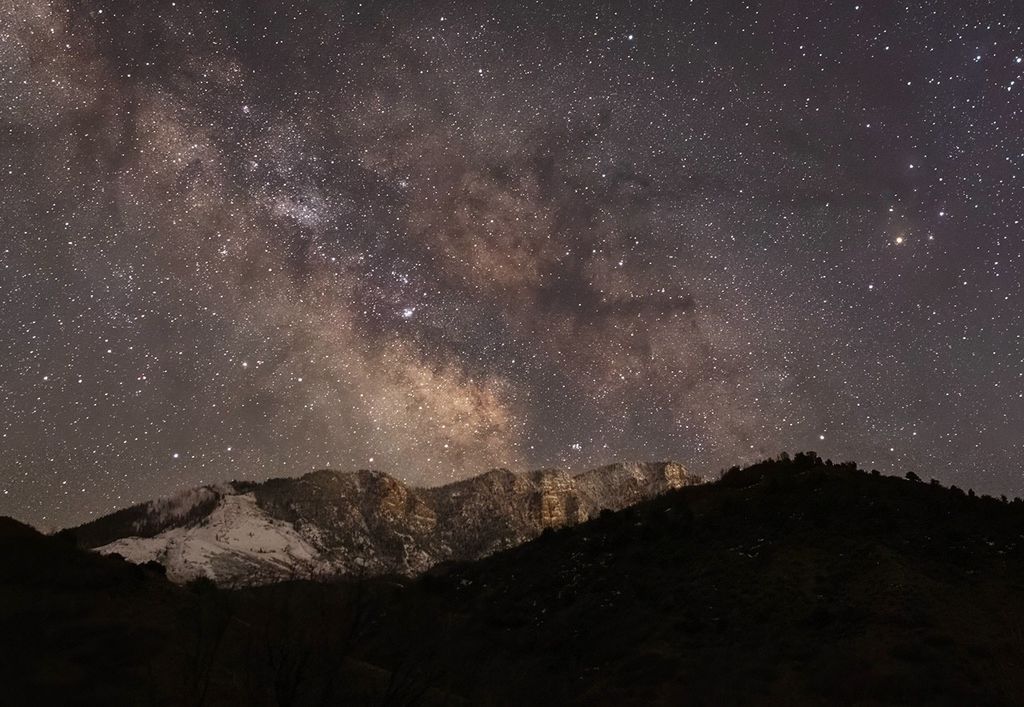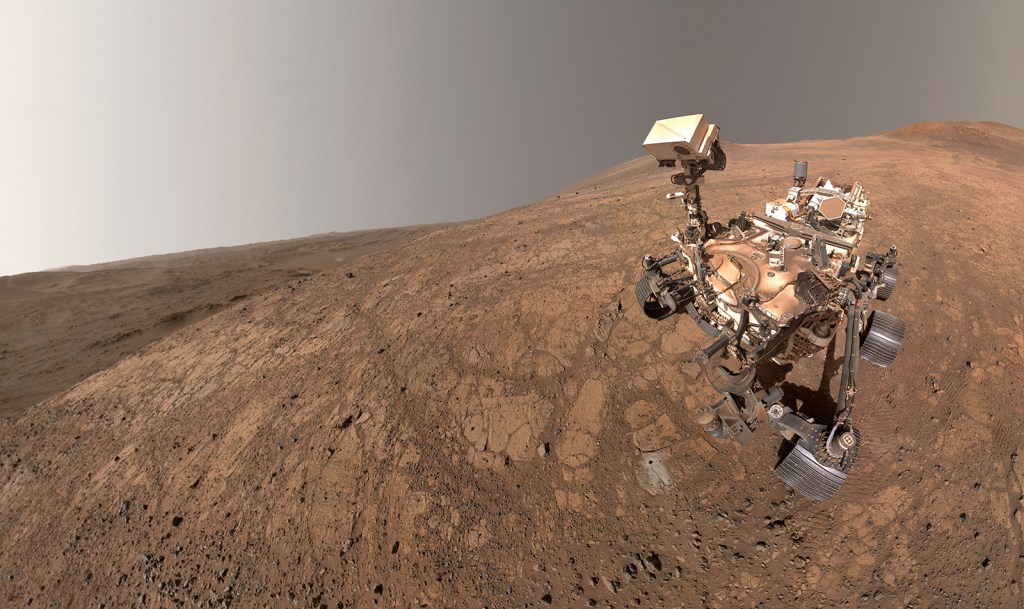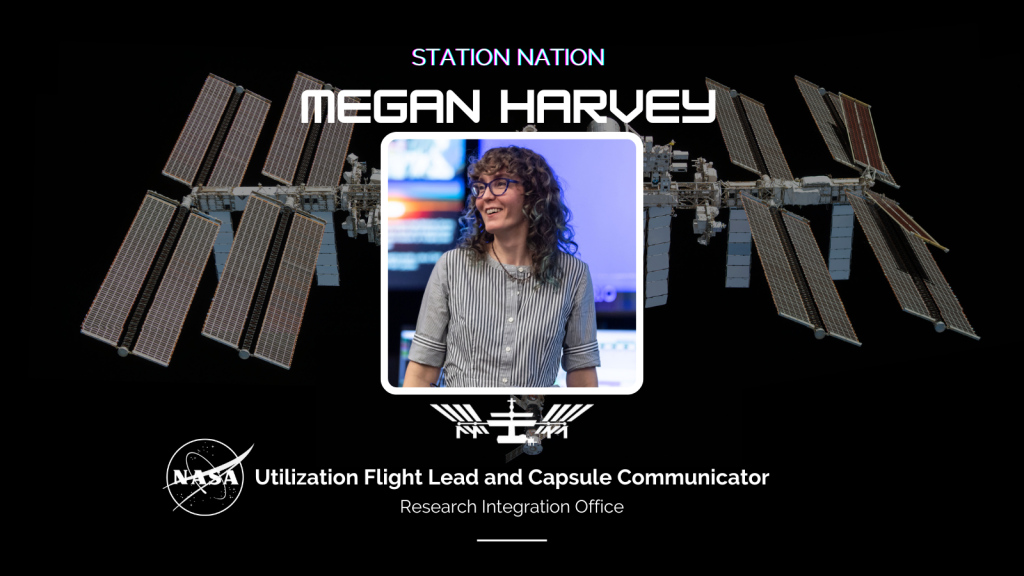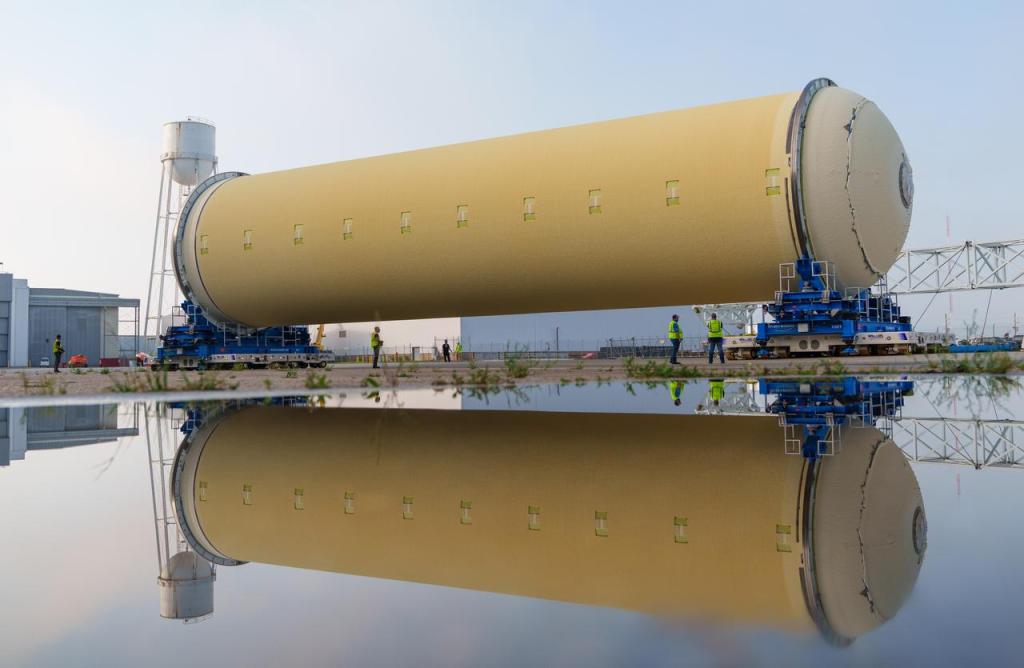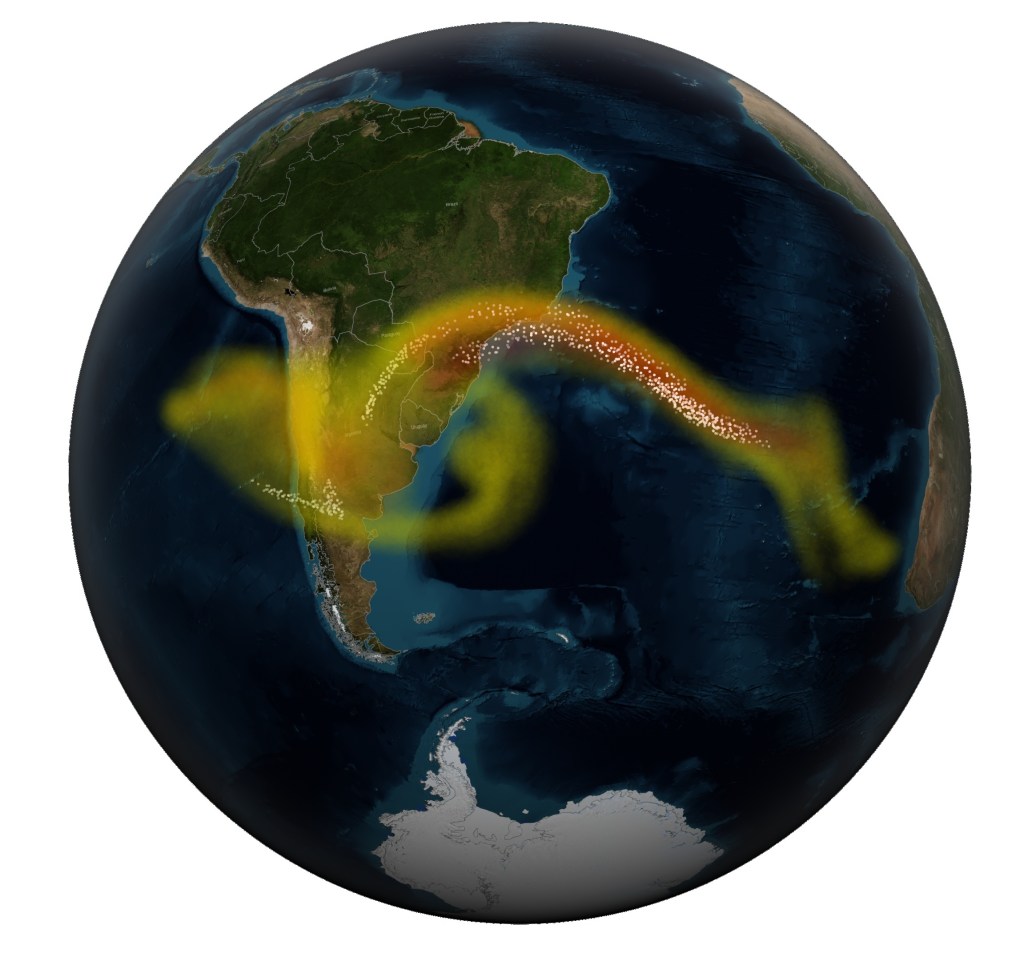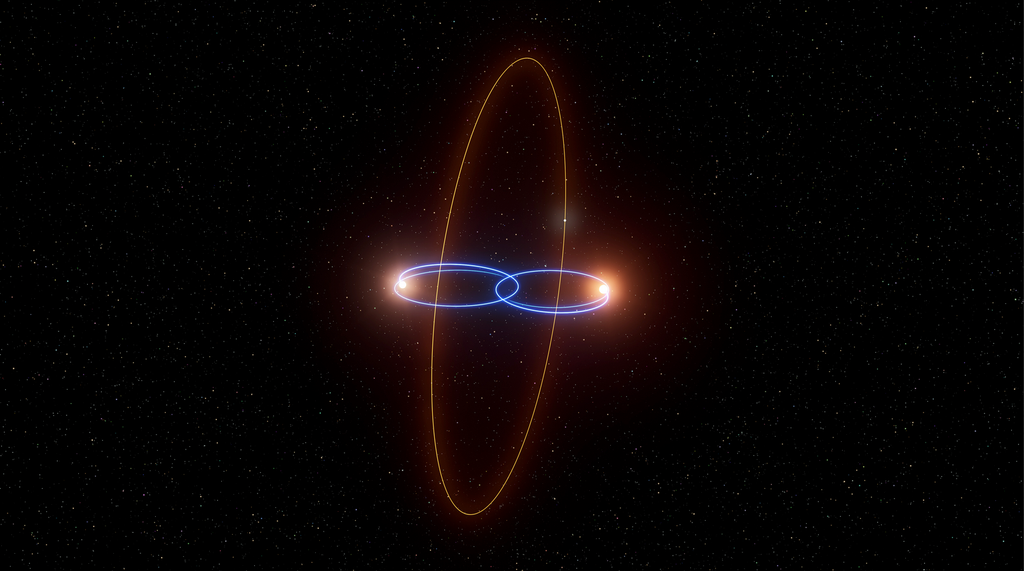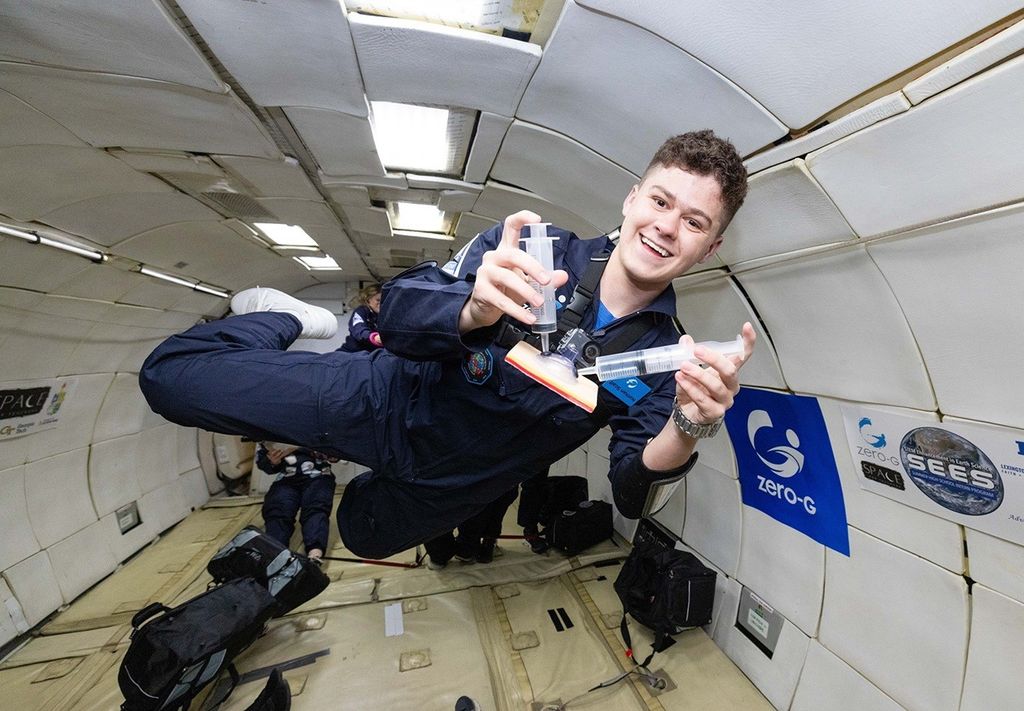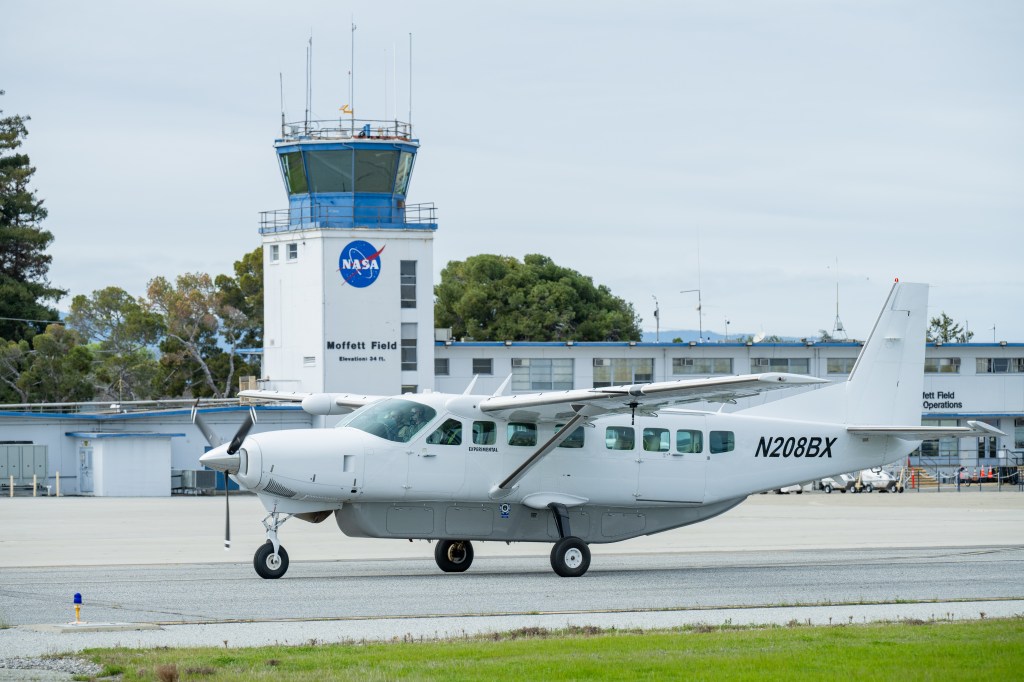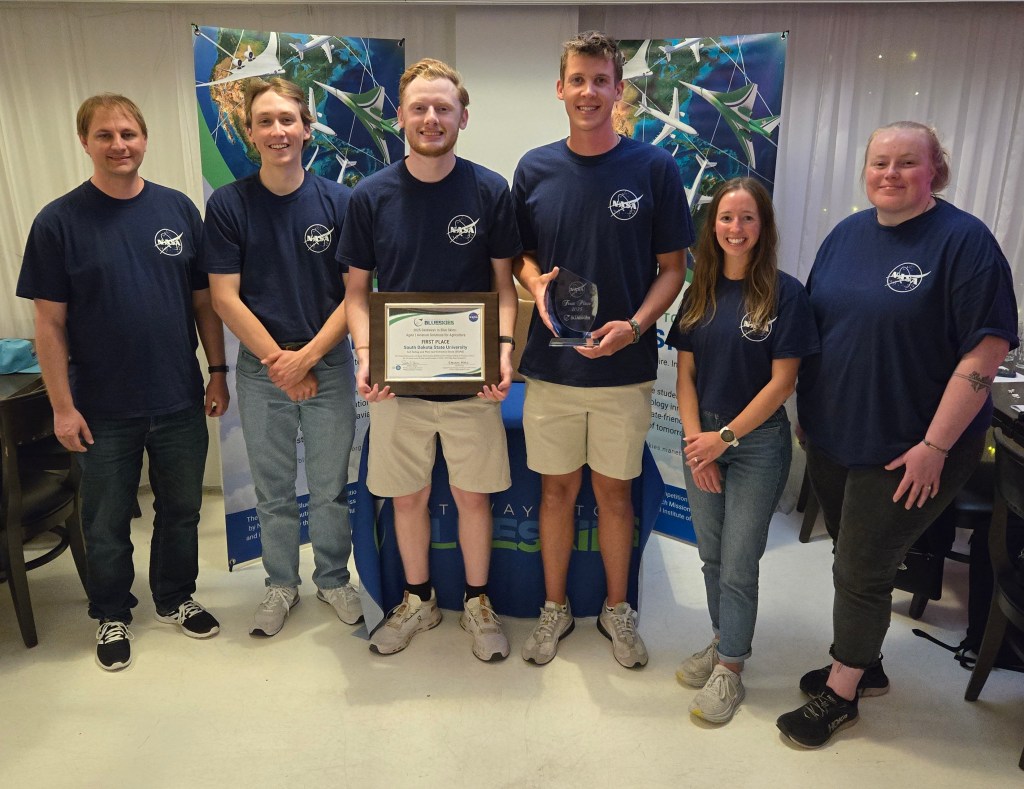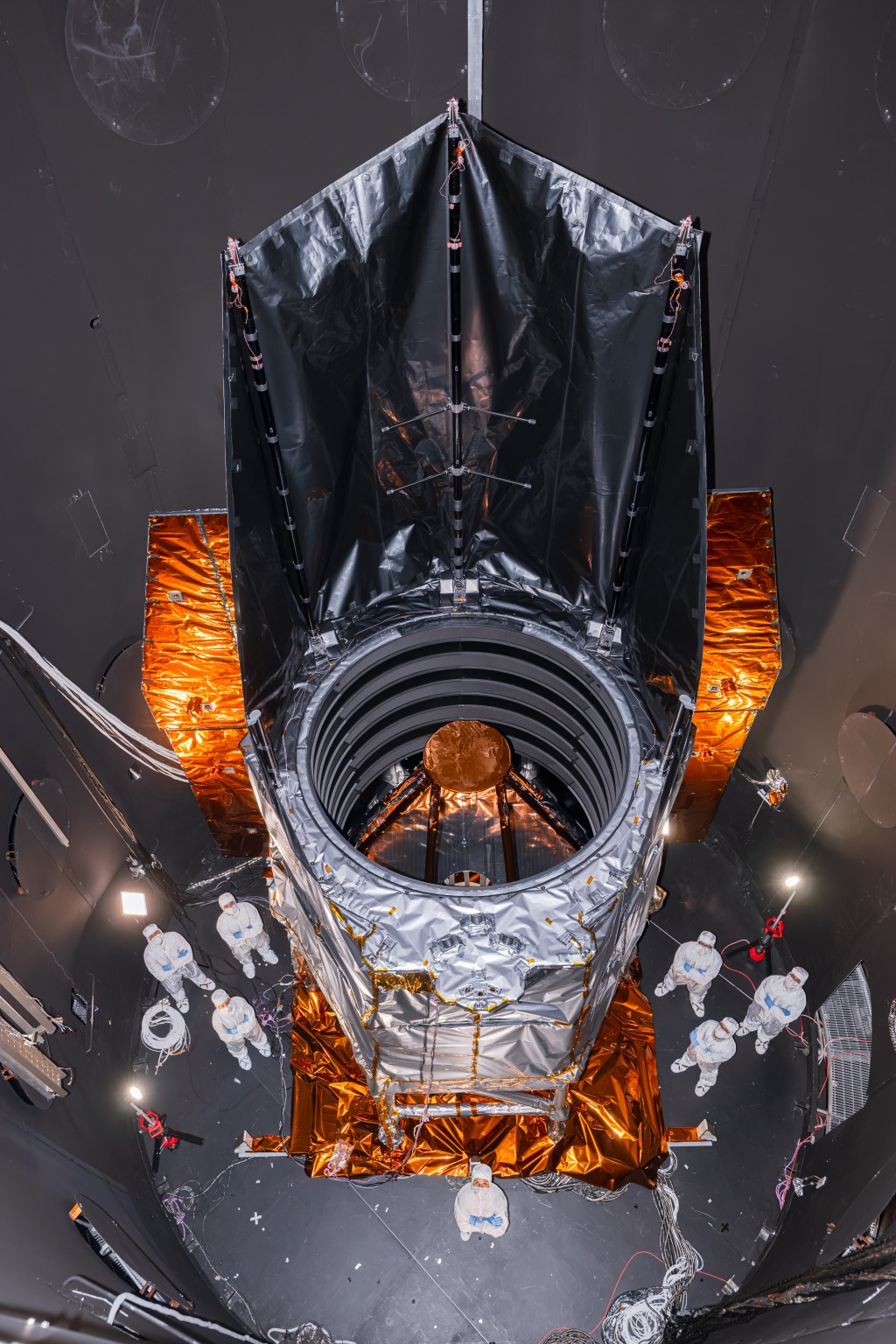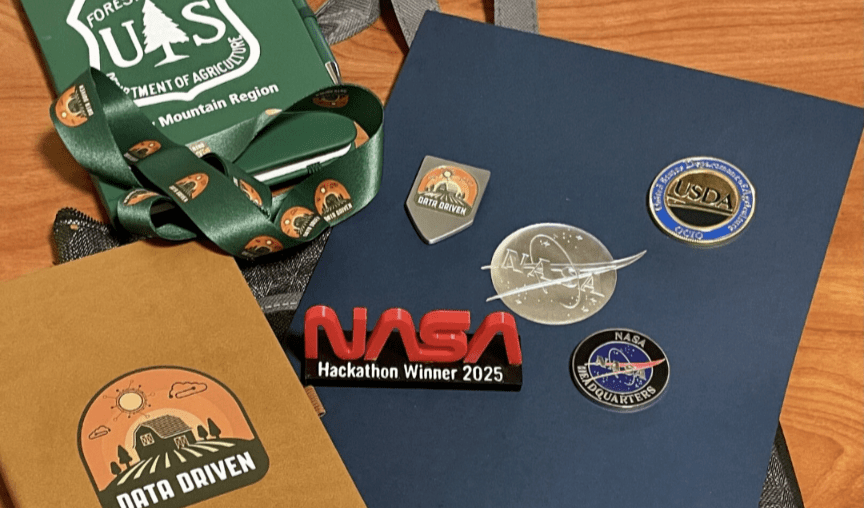Solar System Exploration Stories
Filters

A new NASA study reveals a surprising way planetary cores may have formed—one that could reshape how scientists understand the early evolution of rocky planets like Mars. Conducted by a team of early-career scientists and long-time researchers across the Astromaterials…

When it descends through the thick golden haze on Saturn’s moon Titan, NASA’s Dragonfly rotorcraft will find eerily familiar terrain. Dunes wrap around Titan’s equator. Clouds drift across its skies. Rain drizzles. Rivers flow, forming canyons, lakes and seas. But…
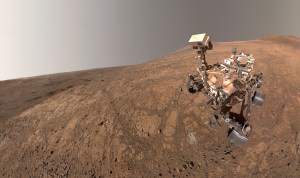
The rover took the image — its fifth since landing in February 2021 — between stops investigating the Martian surface. A Martian dust devil photobombed NASA’s Perseverance Mars rover as it took a selfie on May 10 to mark its…
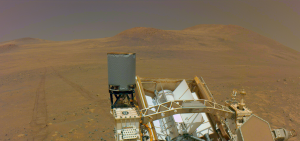
Scientists expect the new area of interest on the lower slope of Jezero Crater’s rim to offer up some of the oldest rocks on the Red Planet. NASA’s Perseverance Mars rover is exploring a new region of interest the team…

Will the Sun ever burn out? Well, the Sun, just like the stars we see at night, is a star. It’s a giant ball of super hot hydrogen. Gravity squeezes it in and it creates energy, which is what makes…

In the heart of Alaska’s winter, where the night sky stretches endlessly and the aurora dances across the sky in a display of ethereal beauty, nine undergraduate students from across the United States were about to embark on a transformative…

On March 15, 2024, near the peak of the current solar cycle, the Sun produced a solar flare and an accompanying coronal mass ejection (CME), a massive explosion of gas and magnetic energy that carries with it large amounts of…
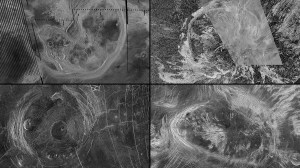
Using archival data from the mission, launched in 1989, researchers have uncovered new evidence that tectonic activity may be deforming the planet’s surface. Vast, quasi-circular features on Venus’ surface may reveal that the planet has ongoing tectonics, according to new…
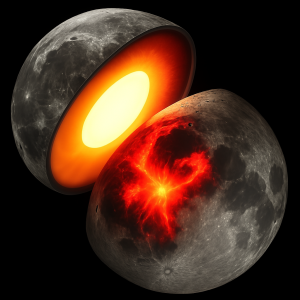
Analyzing gravity data collected by spacecraft orbiting other worlds reveals groundbreaking insights about planetary structures without having to land on the surface. Although the Moon and the asteroid Vesta are very different, two NASA studies use the same technique to…

Saturn’s moon Titan is an intriguing world cloaked in a yellowish, smoggy haze. Similar to Earth, the atmosphere is mostly nitrogen and has weather, including clouds and rain. Unlike Earth, whose weather is driven by evaporating and condensing water, frigid…



